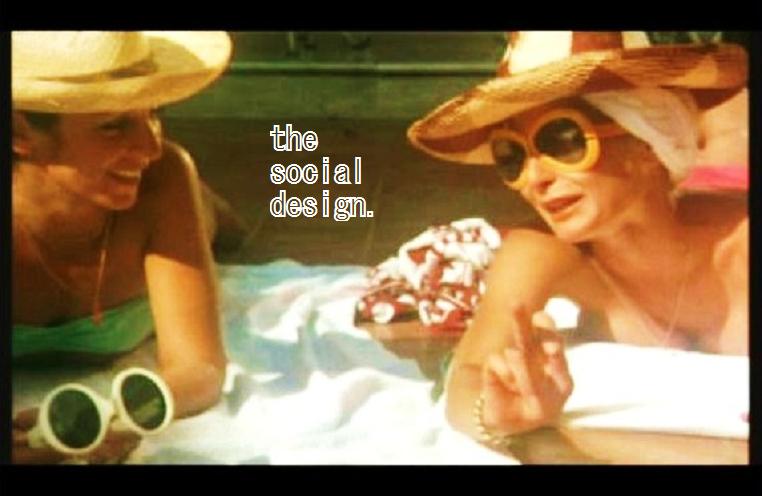#15: PLEASE DON'T DECORATE WITH DOLLS.
This isn't a party scene but of course the scene of many parties. Another interesting clip from 1966's spy flick Modesty Blaise, though not nearly as whole-heartedly endorsed as the last. I won't lie, I have a love/hate relationship with this interior. Some of it is so great, and some of it is so rotten. So which to consider first?
OK, let's start with rotten since we all know there's energy in the rotten. Here goes then: What is with those goddamned dolls? Yes, they're kind of interesting in and of themselves, with their attenuated posture, their dressy clothes and sexy hair. But as part of an interior scheme? Ick! Gag! Puke! Decorative accents they do not make. It's best to avoid toys in general, unless it's a nursery of course, but dolls are the worst. At the very best you'll achieve "mildly creepy", and at worst: tacky, cutesy, or very creepy. Dolls are a lot like drug paraphernalia, they should be kept in a box and pulled out only as needed.
And now something great: how about a modular sunken conversation pit ... wrapped around an open fireplace ... and adjacent to an enormous and very well-stocked bar? How about it! One has to love the spatial planning here. What a play pen. I'm also very keen on the practicality of the enveloping, pull-around draperies - since a pad like this might easily swing past the break of dawn and then it's always better to pretend otherwise. But I can take or leave the textile choice.
Shagadelic white flokati rugs and a sea of throw pillows seem almost de rigueur, but again the textile choices for the pillows are questionable. Maybe it's the unimaginative, matchy-matchy-with-the-draperies thing, maybe it's the use of dull, blunt solids, which seems by today's eyes a bit of a cop out, but this textile story is definitely lending an airport hotel vibe.
All of that said, though, of course what this interior really needs the most are some happening, turned-on people really making this spy pad swing, baby!
All of that said, though, of course what this interior really needs the most are some happening, turned-on people really making this spy pad swing, baby!

